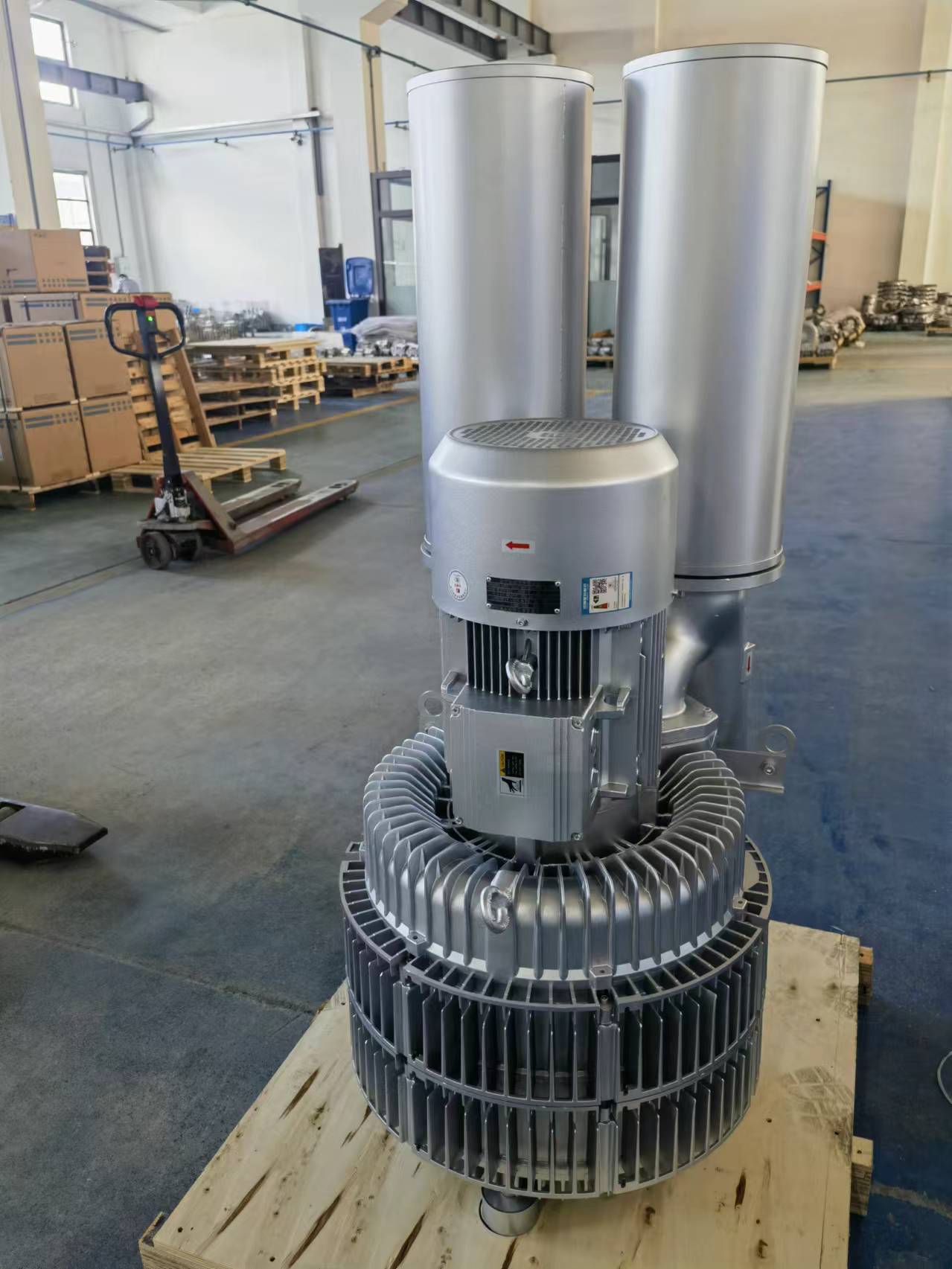Views: 0 Author: Site Editor Publish Time: 2025-11-26 Origin: Site








Side channel blowers are widely used in industrial applications that demand stable airflow, oil-free operation, and continuous-duty performance. Proper installation ensures that the equipment delivers maximum efficiency, minimal noise, and long service life. This comprehensive guide explains how to install a side channel blower, focusing on mounting orientation, wiring procedures, and the exact locations of electrical terminals. The details provided here are technically precise, practical, and aligned with real-world industrial operations.
![]()
One of the major advantages of side channel blowers is their versatile installation flexibility. These blowers are engineered with a dynamically balanced impeller and structurally stable housing, allowing them to be mounted in almost any direction without compromising performance.
A side channel blower can typically be installed in:
Horizontal position
Vertical position
Wall-mounted or angled positions
Base-mounted or bracket-supported positions
This flexibility allows engineers to integrate the blower into complex systems and limited spaces without redesigning the machinery layout.

Although most models allow free installation, the largest-side channel blower, the DHB 943 – 25 kW, must be installed vertically.
The reasons behind this requirement include:
Large motor weight that may cause alignment stress in horizontal installation.
High centrifugal force due to the massive impeller diameter.
Frame structure engineered for upright stability, ensuring optimal load distribution.
Every other side channel blower model—whether 0.37 kW, 1.5 kW, 5.5 kW, 11 kW, or 18.5 kW—supports unrestricted mounting orientation, making installation extremely convenient for manufacturers and end users alike.
Regardless of orientation, ensure the following:
The blower must sit on a solid, vibration-free foundation.
Rubber shock absorbers or damping pads help minimize noise and vibration.
The air inlet and outlet must remain unobstructed and free from foreign particles.
Avoid installing in narrow, poorly ventilated compartments.
Proper airflow around the motor ensures ideal cooling and protects against overheating during continuous operation.

All side channel blowers are equipped with a terminal box, typically located:
on the top of the motor,
The terminal box is secured with one or two screws and houses:
U / V / W terminals for three-phase motors
L / N terminals for single-phase motors
Once the lid is opened, users have full access to the connection points.
Three-phase side channel blowers represent the majority of industrial installations. They require connection to a three-phase power supply.
Inside the terminal box, you will find three primary terminals:
U
V
W
To wire correctly:
Connect the three-phase power cables directly to U-V-W.
Tighten all screw terminals securely.
Ensure the blower’s rotation direction is correct.
If rotation is reversed, simply swap any two wires, such as U and V.
Correct rotation is critical because reverse rotation significantly reduces airflow and may damage the system.
To maintain safety and prolong equipment life, ensure that:
The cable gland or port is properly sealed to block dust and moisture.
External cables are suitable for industrial environments and have heat-resistant insulation.
A properly rated overload protector or thermal relay is installed to safeguard the motor.
Correct wiring not only ensures stable operation but also prevents short circuits, overheating, and early motor failure.

Side channel blowers rely on unrestricted airflow. During installation:
Do not reduce the pipe diameter at the inlet or outlet.
Avoid sharp bends close to the blower.
Install a filter on the inlet to prevent debris entry.
Motors generate heat during long operation. Leave at least:
15–20 cm of space around the motor for proper ventilation.
Avoid embedding the unit in a tight cabinet without airflow.
To minimize noise and structural vibration:
Install anti-vibration rubber mounts.
Use flexible hoses instead of rigid metal pipes.
Ensure the blower is aligned properly on a level surface.
Before first operation:
Check that all electrical connections are tight.
Ensure rotation direction is correct.
Confirm there are no foreign objects in the blower.
Verify that the inlet filter is clean.
Ensure the system is free from pipeline blockage.
A proper inspection prevents early mechanical issues and ensures stable airflow.
A side channel blower is uncomplicated to install when following correct procedures. With the exception of the DHB 943 25 kW model—which requires vertical installation—all other models allow complete mounting flexibility in any direction. Wiring is performed through the motor’s terminal box, connecting to either U-V-W or L-N terminals depending on whether the blower is three-phase or single-phase.
Observing proper mounting stability, correct rotation direction, adequate ventilation, and secure wiring guarantees peak performance, long service life, and safe operation. When these installation protocols are followed, a side channel blower can deliver reliable and efficient service in demanding industrial environments.